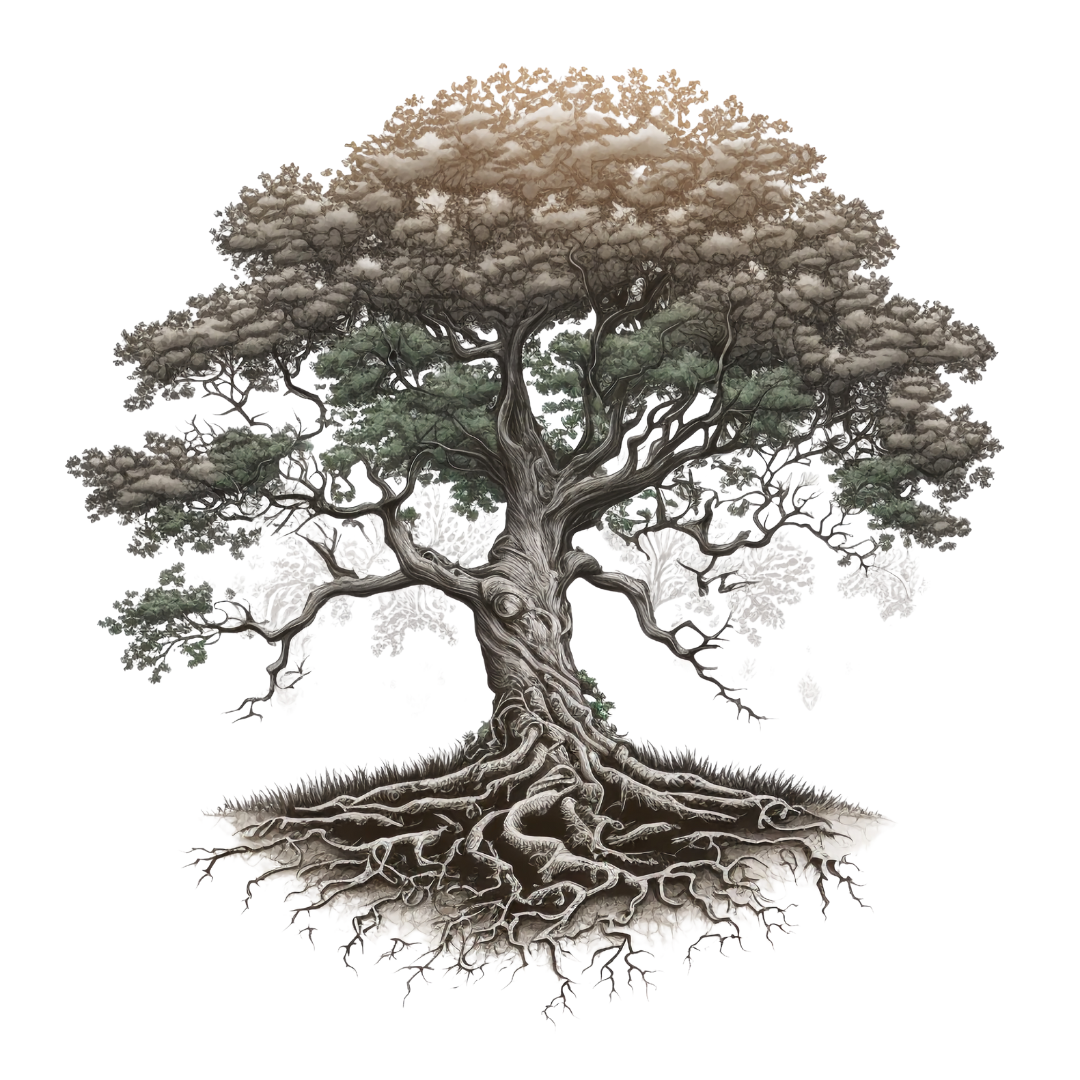Fire Mitigation in Action: How Mastication Protects Our Neighborhoods
- Alyssa Phonepaseuth
- Oct 1
- 3 min read
Wildfires don’t wait, and neither can we. Here in Redding and across Shasta County, neighborhoods sit next to forests, greenbelts, and open spaces that are beautiful but often dangerously overgrown. During drought season, these areas can quickly become fuel for wildfire, threatening entire communities.
At The Tree Crü Initiative, our mission is to reduce that risk. Thanks to our partnership with A-1 Forestry Group, we are able to tackle large-scale fire mitigation projects using specialized equipment and skilled operators. One of the most effective tools we use is a process called mastication.
What Is Mastication?
Mastication is a professional land management technique that uses heavy equipment to grind brush, shrubs, and smaller trees into mulch. Instead of hauling away or burning this material, the vegetation is broken down on-site and left on the ground, where it decomposes naturally.
This method is highly effective for wildfire prevention because it:
Reduces fuel loads — lowering the amount of vegetation available to burn.
Breaks up continuity — preventing fire from spreading rapidly across the landscape.
Controls regrowth — slowing down the return of dense underbrush.
Protects the soil — leaving mulch behind helps reduce erosion and retain moisture.

More Than Clearing Land
When people hear “clearing,” they sometimes picture entire areas being wiped clean. That’s not what mastication is about. Our projects are carefully planned to preserve healthy, established trees while focusing on the real dangers: underbrush, ladder fuels, and overcrowded vegetation.
Healthy trees remain in place to provide shade, habitat, and stability.
Underbrush and ladder fuels are removed, reducing the pathways that allow fire to climb into the canopy and spread faster.
Defensible space is created, giving firefighters a safer area to defend homes and neighborhoods.
This selective approach creates a healthier, safer landscape — one that reduces fire risk without destroying the natural environment that makes our community home.


Partnership with A-1 Forestry Group
Large-scale fire mitigation takes more than chainsaws and hand crews. That’s why our partnership with A-1 Forestry Group is so important. Their team donates equipment time and professional operators to help Tree Crü complete mastication projects that would otherwise be out of reach for a nonprofit.
Machines like the Tigercat 480B mulcher can cover acres of dense brush in a fraction of the time it would take a manual crew. With trained operators behind the controls, these machines can navigate rough terrain, clear overgrowth, and create wide fire breaks that protect entire neighborhoods.
By combining Tree Crü’s mission with A-1 Forestry Group’s expertise, we’re able to bridge the gap between urgent homeowner needs and large-scale community protection.
Neighborhood Risk Across Shasta County
Throughout Redding, Anderson, and Shasta Lake City, greenbelts and open spaces have become dangerously overgrown. These areas, often located directly behind homes, can turn into wildfire fuel during the peak of summer drought.
Projects like these are exactly what Tree Crü is working toward. With community support, we can step in to reduce fuel loads, clear hazardous vegetation, and create defensible space that protects entire neighborhoods.

How You Can Help
Tree Crü is still young, but we are growing quickly thanks to the support of sponsors, volunteers, and partners who share our vision for a safer Redding. Every donation, every hour volunteered, and every event attended helps us take on more projects that protect families and neighborhoods.
One of the best ways to get involved right now is by joining us at our First Annual Golf Tournament on November 7 at Gold Hills Golf Course. This event will directly support fire mitigation projects like those planned for Country Heights and beyond.
Together, we can reduce wildfire risk, protect families, and restore balance to the land we call home.


Comments